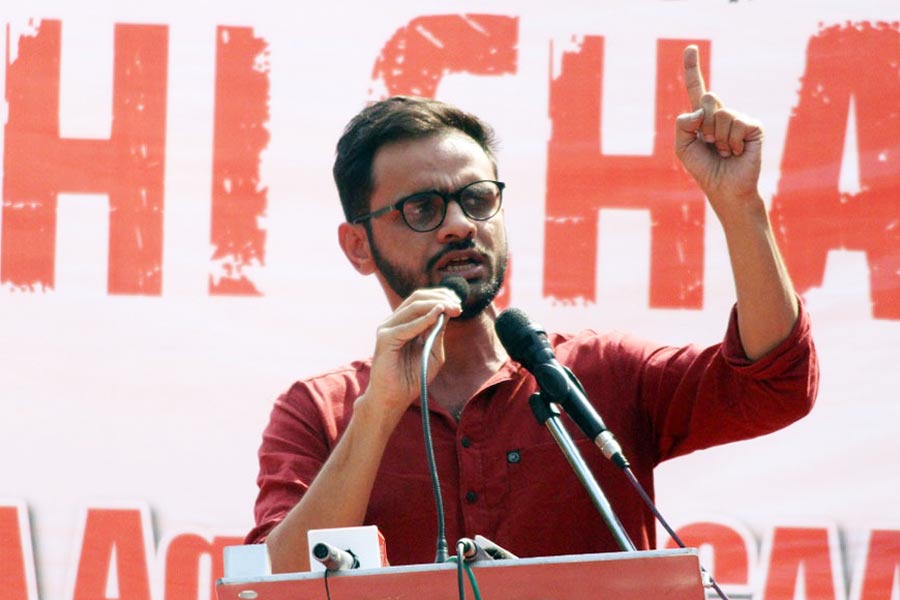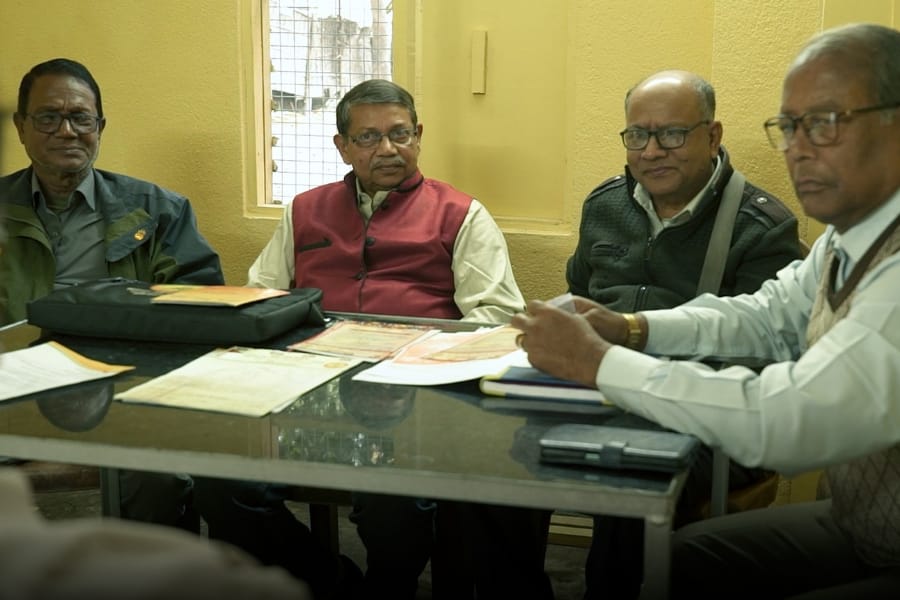Re-examining periods of the past is crucial to deepening our understanding of history. Today, when we are fighting a massive, relentless hijacking attempt on the history of our freedom struggle by the falsification factories of the Hindutva brigade, genuine re-examinations of the first few decades of the 20th century matter more than ever. Shoojit Sircar’s recently released film, Sardar Udham, positions itself as such a project, one which brings to light the almost forgotten story of Udham Singh, who also went to the gallows, ten years after the execution of his younger and much more famous HSRA comrade, Bhagat Singh.
The events being historical there’s no risk of a plot reveal as such and the structure of the script goes thus: the film begins with titles explaining the 1919 Jallianwala Bagh massacre, for which General Reginald Dyer and the Lieutenant-Governor of Punjab, Michael O’Dwyer, were responsible; we see Udham, imprisoned for previous anti-raj activities, being released from jail in Lahore in 1931; he goes underground immediately and starts making his way to Britain with the aim of exacting revenge for Jallianwala; by the 30-minute mark, of the 2-hour-44-minute movie, Udham has reached London, shot O’Dwyer dead, and been arrested; his interrogations begin, with heavy beatings and torture. While one strand of the story keeps him incarcerated till his hanging, other strands flashback into his youth in Amritsar, his friendship with Bhagat Singh, the period Udham spends between 1934 when he first arrives in London and the actual assassination in 1940 and so on.
Sircar’s record as a film-maker and the trailers indicating a high-budget saga were promising. What we actually get is a particular kind of screen-creature, very recognizable from previous epic disappointments. There are long passages traversing different countries, landscapes and locations in which an international cast of actors is choreographed in dramatic set-piece action, but which finally don’t add up to much.
At one early point of the movie, there is an extended sequence of Udham stumbling across the snow in Russia on his long trek to London. Putting aside the nods to Tarkovsky, the Kurosawa of Dersu Uzala and the garnish of David Lean-ish long shots, this whole collection of shots is pointless and a precursor of many such stretches to come — arid bits devoid of plot development or cinematic weight (cinema here meaning where something magical happens outside of, or as a detour to, the story, but which illuminates the narrative when we come back to it). Unfortunately, many of these locational displays become bald patches on the scalp of the script, taking up filmic space instead of more challenging moments that might have been depicted.
In all his travel and travails, Udham seems to learn nothing. His (very basic communist) political consciousness undergoes no evident deepening or expansion, he doesn’t gain any new insight about the Indian situation from seeing what is happening in other parts of the world. Ultimately, his remains a one-gear motive — he witnesses what was done at Jallianwala Bagh, he tells Bhagat Singh that he, too, will hang one day, and so there he is, full twenty years later, deciding to publicly shoot O’Dwyer in an act of actual and symbolic violence, but in the middle of the biggest outbreak of global violence history has ever seen.
The recurring sequences of mayhem and murder do not manage to cover up a central lacuna in the script: the various people who chose violence to try and overthrow the raj all had one thing in common — they were severely at odds with the Congress’s non-violent ethos; at least from the mid-1920s, these violent freedom-fighters worked both against and under the massive shadow of Gandhi and his ahimsa; you didn’t have to like Gandhi or agree with him, but you couldn’t escape engaging with him. None of this registers in the film at all — Gandhi is mentioned but once. Watching it, someone unfamiliar with the history of the Indian freedom struggle could be forgiven for thinking that nothing much really happened in India’s fight to be free before or after the moment of Bhagat Singh’s actions and execution in 1931 and Udham’s great act of assassination in 1940.
If Sircar had had the courage to make something à la Luchino Visconti’s The Leopard, or Bertolucci’s 1900 (both over four hours long), maybe he could have explored properly, tarried here and there, and told us the tale of an Indian freedom fighter in exile, working, organizing, engaging with Soviet Russia, experiencing first-hand the working-class grimness in the heart of Imperial Britain. Instead, we get little tik-tok-ized vignettes: protest on London factory floor, meeting with Soviet Politburo representatives, failed arms deal with IRA gun-runner, brush up against communist Englishwoman/semi love-interest and so on.
All too often, the film is self-seduced into displaying its production plumage: look at my vast budget, my many locations, my great CGI, how many foreign actors I’ve marshalled and so on. The actual shooting of O’Dwyer, shown twice in exactly the same way, is but one part of Udham’s story, but it is clearly the bit that most hypnotizes the script-writers, that and the endless Jallianwala Bagh chunk, which feels like every single nice shot taken in that night time set-up was joined together.
All over the anxious short-cuts taken by the script are ghostly echoes of a conversation between script-writers and director, one or the other saying, ‘Arre yaar, today’s audience won’t have patience for that.’ The self-indulgent repetitions come from the same insecurity. This fear of the audience ultimately translates into a fear of complexity and nuance. And this fear is the counterpart, or flip-side, of the kind of thinking that covers up the actual bullet-ridden walls of Jallianwala Bagh with kitschy reliefs. Both sides end up treating history purely as an instrument to be used, one side deploying a concocted, completely false, narrative to try and increase its grip on power, the opposing side using it as raw material to create a superficial spectacle which nods to the contemporary situation with references to ‘azadi’, the cruel sedition laws, the jailing of students, the mass disconnection of telephones and drone shots of lined up corpses.










